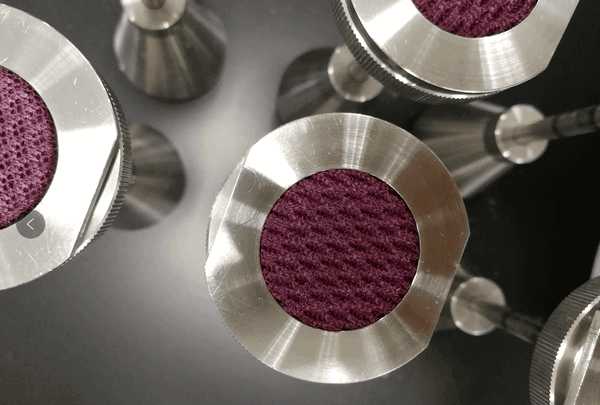- Qinsun Instruments Co., Ltd.
- Tell:+86-21-6780 0179
- Phone:+86-17740808215
- Address:No. 2578 Minhang District Gu Dai Road, Shanghai
- Contact:Mr. Li
- QQ:846490659
Selection of current transformers

Transformer, also known as instrument transformer, is a collective term for current transformer and voltage transformer. Can convert high voltage into low voltage and large current into small current, used for measuring or protecting systems. Its main function is to proportionally transform high voltage or high current into standard low voltage (100V) or standard low current (5A or 1A, both refer to rated values), in order to achieve standardization and miniaturization of measuring instruments, protection equipment, and automatic control equipment. At the same time, transformers can also be used to separate high-voltage systems, ensuring the safety of personnel and equipment.
The correct selection of current transformers is crucial for ensuring measurement accuracy, equipment operation safety, and personal safety.
Key selection points:
Rated current (primary side): should be 1.0~1.3 times the load current during normal operation of the line.
Rated voltage: not less than the rated voltage of the installation point line.
Accuracy level: If used for measurement, an accuracy level of 0.5 or 0.2 should be selected; When the load current changes significantly, or when the load current is 30% lower than the rated current on the primary side of the current transformer during normal operation, 0.5 level should be selected.
Determine the ratio and number of turns as needed.
Model and specification selection: After determining the transformation ratio based on the primary load current of the power supply line, the model is determined according to the actual installation environment.
Rated capacity selection: The rated capacity of the secondary side of the current transformer should be greater than the actual secondary load, and the actual secondary load should be 25%~100% of the secondary rated capacity. Capacity determines the secondary load impedance, which can affect measurement or accuracy control. The load impedance is mainly affected by the resistance of measuring instruments and relay coils, reactance, wiring contact resistance, and secondary connection wire resistance.





